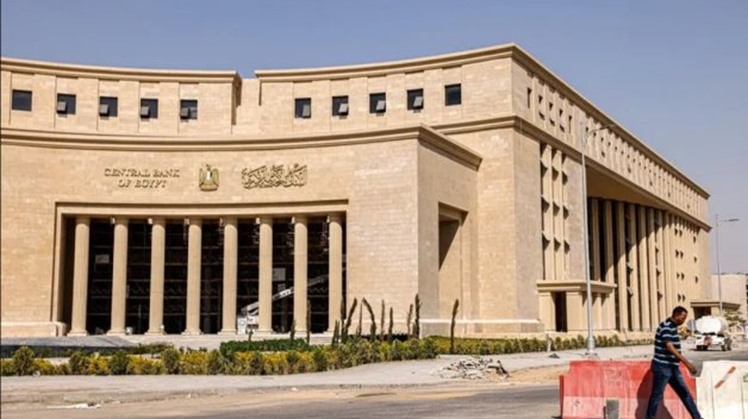Cairo –21 May 2025: Egypt’s economy is showing signs of recovery, with the Central Bank of Egypt (CBE) forecasting a rise in GDP growth to 4.3% for the current fiscal year (FY2024/2025), following a slowdown to 2.4% in FY2023/2024.
The projection, outlined in the CBE’s Monetary Policy Report published on Monday, signals the end of a two-year period marked by economic stagnation.
“Real GDP growth is projected to register 4.3% and 4.8% in FYs 2024/2025 and 2025/2026, respectively, gradually recovering from the subdued spell of economic activity during the past two fiscal years,” the report stated.
The report attributes the turnaround to a revitalized manufacturing sector, supported by improved foreign exchange conditions. The unification of exchange rates has eased access to raw materials and intermediate goods, helping revive industrial output and production lines.
The extractives sector is also poised to play a greater role in the recovery, as recent discoveries in onshore and offshore oil and gas fields are expected to enhance national output.
In line with the improving economic outlook, the CBE anticipates continued recovery in FY2025/2026, with GDP growth forecast at 4.8%. Though still below potential, the report noted that the economy is expected to steadily close the output gap over the medium term.
The report also revealed a significant deceleration in inflation.
“On the domestic front, inflation rates have been on a downward path after peaking in Q3 2023. Annual headline inflation declined sharply to 16.5% in Q1 2025, from 25.4% in Q4 2024, and 33% in Q1 2024.”
A major contributor to this decline is a steep drop in food inflation, which fell from 45% in March 2024 to 6.6% in March 2025. Non-food inflation showed more modest improvement, easing from 25.7% to 18.9% over the same period.
“Nevertheless, the decline in headline inflation reflects the cumulative impact of monetary tightening and easing supply disruptions, in addition to a favorable base effect.”
Looking ahead, the disinflation trend is expected to continue, though at a slower pace.
“Inflation is expected to continue declining throughout the remainder of 2025 and 2026, albeit at a slower pace compared to the significant decline witnessed in Q1 2025. The slower disinflation path is partially due to the fiscal drag impact, stemming from implemented and planned fiscal consolidation measures across the forecast horizon, in addition to the relative persistence of non-food inflation. As such, inflation is forecasted to converge towards the CBE target band by Q4 2026.”
To anchor inflation expectations, the CBE has pursued an active monetary policy. After raising interest rates by 6% in March 2024 as part of sweeping corrective measures—including the introduction of a fourth wave of local currency pricing—the central bank began easing in April, cutting rates by 2.25%.
The next meeting of the Monetary Policy Committee is scheduled for Thursday, where it will reassess interest rates in light of both domestic and global developments.
The report also noted a cooling in broad money (M2) growth. After reaching 28.7% at the end of FY2023/2024, M2 growth is projected to slow to 23.2% by June 2025 and ease further to 22.8% by June 2026.
Meanwhile, foreign direct investment is showing signs of recovery.
“Net FDI into Egypt dropped by approximately 45% on average between Q1 2022 and Q1 2023. However, net FDI has witnessed a resurgence during 2024, primarily driven by the landmark $35 bn Ras El-Hikma deal, which enhanced investors’ confidence in the domestic economy.”
Still, the report flagged ongoing risks to the investment climate.
“Despite this rebound, the future outlook remains uncertain, primarily due to ongoing policy uncertainties. Trade tensions, in particular, continue to pose significant risks which may adversely influence investor sentiment and the broader economic environment.”
 Wed, May. 21, 2025
Wed, May. 21, 2025